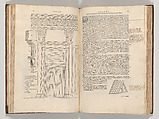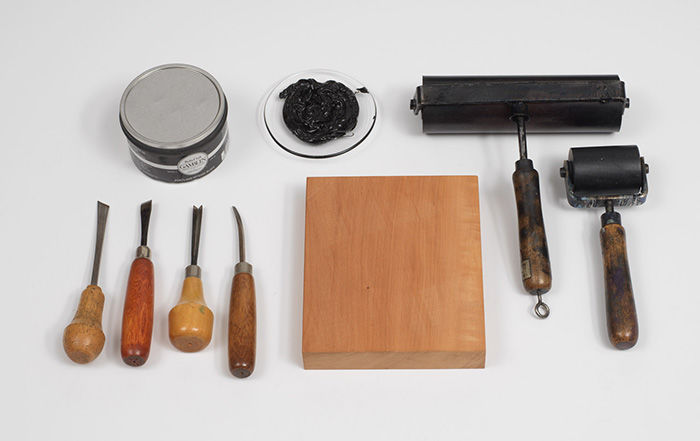I dieci libri dell'architettura di M. Vitruvio tradutti et commentati da monsignor Barbaro eletto patriarca d'aquileggia
Not on view
The ten books of architecture by Marcus Pollio Vitruvius are the only text devoted to the art of building that remained from Roman Antiquity. The text was a great resource for Renaissance artists and architects who wished to learn and apply the Antique principles for their modern constructions. Initially, the text was hard to access, however, as it was written in Latin and was unillustrated. During the fifteenth century the first vernacular translation appeared in Italy, and in 1511, Fra Giovanni Giocondo published the first illustrated edition of the text. Vitruvius’ text became a point of reference for all subsequent architectural treatises and as such, the genre of Renaissance architecture publications is marked by a high level of inter-referentiality. This specific copy of Daniele Barbaro’s translation of Vitruvius is a very special case, however, as the text was (partially) illustrated by the well-known architect Andrea Palladio, who later published his own architectural treatises, and the book was owned by his direct successor, the architect Vincenzo Scamozzi.
Due to rights restrictions, this image cannot be enlarged, viewed at full screen, or downloaded.


